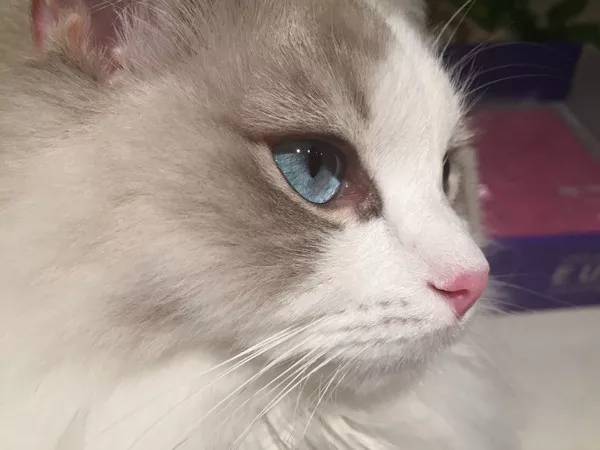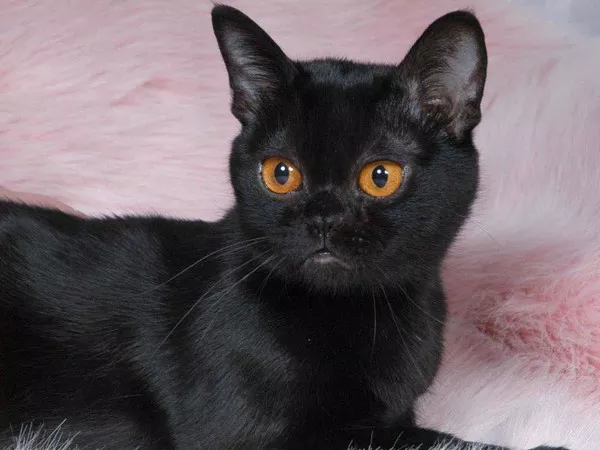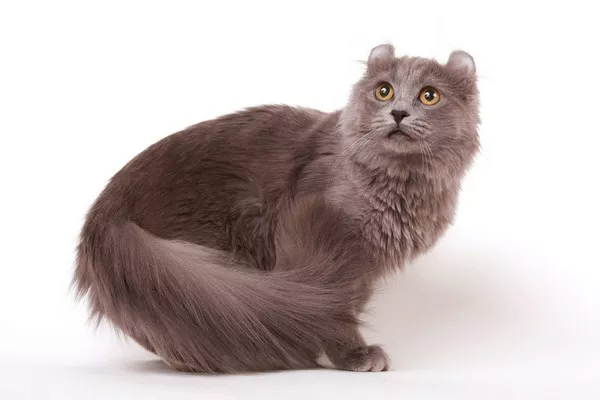Ragdoll cats are known for their striking blue eyes, docile nature, and stunning appearance. Originating in the United States, this breed has captured the hearts of cat lovers worldwide. In this comprehensive guide, we will delve into various aspects of Ragdoll cats, including their history, physical characteristics, temperament, care requirements, and health considerations. Whether you are considering adopting a Ragdoll cat or simply want to learn more about this captivating breed, this article aims to provide you with valuable insights and knowledge.
The History of Ragdoll Cats:
Understanding the origins and development of the Ragdoll breed is crucial in appreciating its unique traits and characteristics.
A. Ann Baker and the Origins of the Breed:
The Ragdoll breed was created by Ann Baker in the 1960s, a breeder from Riverside, California. Baker embarked on a selective breeding program with Josephine, a semi-feral white Persian/Angora-type cat. Through careful breeding, Baker aimed to develop a cat with a docile temperament, striking appearance, and distinctive personality traits.
B. Characteristics and Influences:
To achieve her vision, Baker introduced various cat breeds into the breeding program, including the Birman, Burmese, and domestic longhairs. These breed infusions contributed to the Ragdoll’s large size, soft coat, and gentle demeanor.
Physical Characteristics of Ragdoll Cats:
Ragdolls are known for their unique physical attributes that set them apart from other breeds.
A. Size and Body Structure:
One prominent feature of Ragdoll cats is their substantial size. Adult males typically weigh between 15 and 20 pounds (6.8 to 9.1 kilograms), while females generally range from 10 to 15 pounds (4.5 to 6.8 kilograms). They have a sturdy and muscular build with a broad chest and a large frame.
B. Coat and Color Patterns:
Ragdolls have semi-longhair coats that are silky, soft, and plush to the touch. Their fur does not mat easily, requiring minimal grooming. The breed is recognized for its color patterns, including colorpoint, mitted, and bicolor. These patterns showcase pointed markings on the ears, face, paws, and tail, with variations in shades and distribution.
Ragdoll Cat Temperament:
The temperament of Ragdoll cats is often described as docile, affectionate, and gentle, making them suitable companions for families and individuals alike.
A. Affectionate Nature:
Ragdolls are renowned for their love and affinity for human companionship. They enjoy being near their owners, often following them around the house, seeking attention, and showing affection through purring and gentle headbutts.
B. Relaxed Demeanor:
Unlike some more active cat breeds, Ragdolls have a calm and relaxed demeanor. They are not typically prone to excessive hyperactivity or destructive behavior, making them an excellent choice for households seeking a serene feline companion.
C. Sociability:
Ragdolls generally get along well with other pets and children. They are known for their tolerance and adaptability, making them suitable for multi-pet households and environments with frequent visitors.
Care Requirements for Ragdoll Cats:
Keeping Ragdoll cats healthy and happy involves providing proper care and meeting their specific needs.
A. Grooming:
While Ragdolls have semi-longhair coats, their fur requires relatively minimal grooming compared to other longhaired breeds. Regular brushing to prevent matting and occasional bathing to maintain coat cleanliness are usually sufficient. Additionally, routine nail trimming, dental care, and ear cleaning should be part of their grooming regimen.
B. Exercise and Play:
Despite their relaxed nature, Ragdolls benefit from regular exercise and playtime to prevent weight gain and promote overall well-being. Interactive toys, puzzle feeders, and scratching posts can help engage their minds and satisfy their natural instincts.
C. Litter Box and Environment:
Providing a clean litter box is essential for a Ragdoll’s hygiene. As they are generally large cats, opting for larger litter boxes with sides low enough for easy access is recommended. Creating an enriched environment with vertical spaces, cozy hiding spots, and scratching surfaces will cater to their physical and mental stimulation needs.
Health Considerations for Ragdoll Cats:
While Ragdolls are generally healthy cats, there are a few health considerations specific to the breed.
A. Hypertrophic Cardiomyopathy (HCM):
HCM is a common genetic heart condition that affects some Ragdolls. Regular cardiac screenings by a veterinarian experienced in feline cardiology are advisable to detect and monitor this condition early on.
B. Polycystic Kidney Disease (PKD):
Polycystic kidney disease is another genetic disorder that occurs in some Ragdoll cats. Regular kidney function testing with blood tests and ultrasounds can help with early detection and treatment.
Conclusion:
The Ragdoll breed’s captivating appearance and gentle temperament have made them highly sought after as companions. With their striking blue eyes, plush coats, and affectionate personalities, Ragdolls bring joy and warmth to the households they grace. By understanding their unique traits, meeting their care requirements, and showering them with love, you can enjoy a lifelong bond and discover the true enchantment of owning a Ragdoll cat.
In conclusion, Ragdoll cats are an exquisite blend of beauty, grace, and affection. Their calm and gentle nature, coupled with their stunning appearance, makes them a delightful addition to any home. Whether you’re drawn to their mesmerizing blue eyes or fascinated by their outgoing personalities, the Ragdoll breed is sure to captivate your heart for years to come.
























